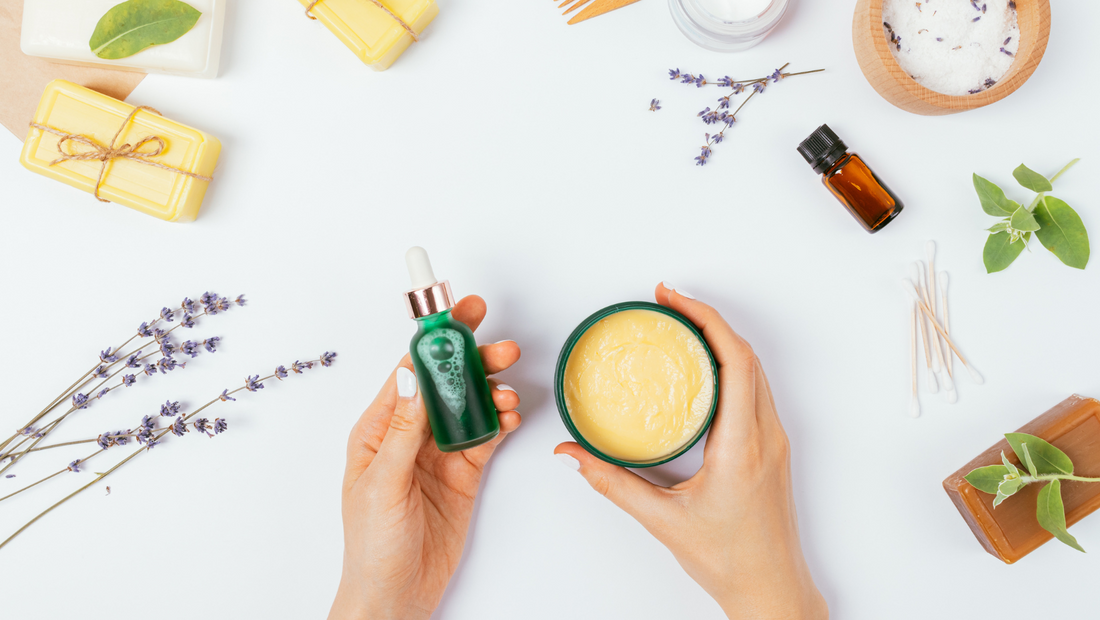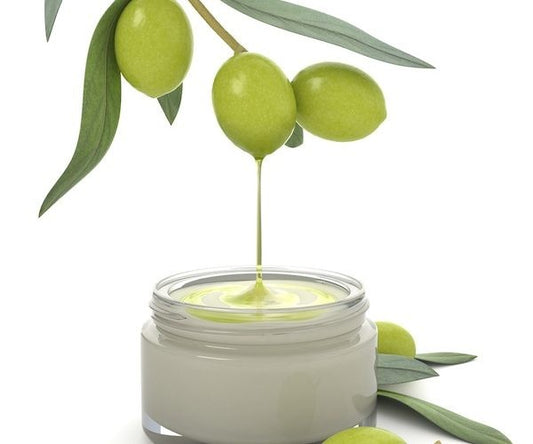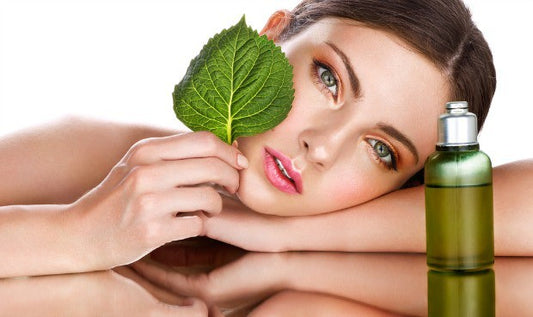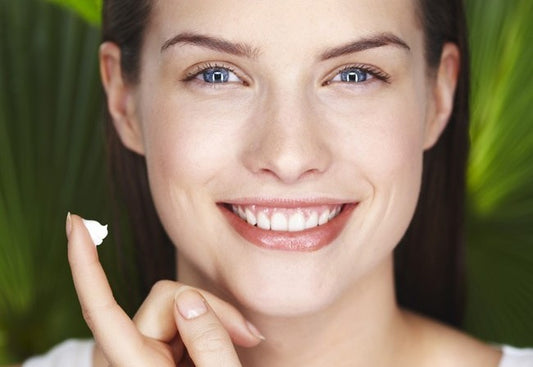
Differences between an organic cream and a chemical cream
Do you really know the ingredients placed inside the creams you use? In this article we list all the differences between an organic cream and a chemical cream, to make you really understand how a product can affect your body.
Composition and production of a cosmetic product
The real difference between an organic cream and a chemical one lies mainly in their composition and production.
An organic cream is composed of natural and organic ingredients; therefore, it provides for a study and a careful selection of the active ingredients, which excludes fertilizers, toxic substances, pesticides. The ingredients are all certified and usually the product as well. Furthermore, organic creams are often produced using eco-sustainable production methods, which take care of the environmental impact they leave behind.
Chemical creams , on the other hand, are produced with synthetic ingredients, i.e. substances chemically reproduced in the laboratory. To ensure maximum similarity to the real natural ingredient, preservatives, phthalates, dyes and other chemicals that are toxic to the skin are included.
The other main differences:
- Textures: organic creams tend to be lighter in texture and penetrate the skin faster than chemical creams.
- Results: organic creams are more delicate, and although the result is visible over time, their natural ingredients guarantee safety and do not cause irritation. Chemical creams create a film on the skin and it does not allow it to breathe.
-
Inci: Be careful with ingredients like methylparaben (methylparaben, E218), ethylparaben (ethylparaben, E214), propylparaben (propylparaben, E216) e butylparaben (butylparaben) and respective sodium salts. They are all preservatives that are not good for the skin. Organic creams, on the other hand, contain ingredients with antioxidant and nourishing properties such as essential oils, plant extracts and natural vitamins. These ingredients deeply nourish and protect the skin much longer, improving its health.

- Safety: as a rule, organic creams are considered more natural and safe for the skin. The processes with which they are made are aimed at the well-being of people and the planet, as well as being attentive to the quality of the raw materials. For this reason, the creation of a chemical cream is much faster than an organic cream. In summary, learning to read the label of your products allows you to understand if the cosmetic you have chosen is suitable for your needs and is really good for your skin.
Natrue's commitment
Founded in 2007, NATRUE is an international non-profit association based in Brussels committed to promoting and protecting natural and organic cosmetics worldwide.
The Natrue brand allows consumers to identify Natural and Organic Cosmetics of any kind. It is based on a strict certification criterion which can also be consulted online on the NATRUE website. Every product bearing the NATRUE mark has undergone an independent third-party certification process. Precisely for this reason, those who obtain Natrue certification on their products are defined as highly qualified producers in the organic sector.
In fact, in order to benefit from the NATRUE brand for finished cosmetic products, it is required that at least 75% of all individual products (in the sense of formulations) of a line of products attributable to the same brand (in the sense of a brand and the communication of that brand) are certified as natural or organic cosmetics. This requirement does not apply to cosmetic raw materials.
There are 3 Natrue certification levels:
1.Natural Cosmetics: defines which ingredients are allowed and how they can be treated. Products belonging to the other two levels must first meet the criteria of this level.
2.Natural Cosmetics with organic portion: All the conditions listed above apply, but at least 70% of natural ingredients* must come from controlled organic cultivation and/or controlled spontaneous harvesting. Compared to the first tier, high levels of natural ingredients and low levels of natural derived ingredients are required.
3.Organic Cosmetics: At least 95% of natural ingredients deriving from controlled organic cultivation and/or controlled spontaneous harvests are added to both of the above conditions. Compared to the second tier, even higher levels of natural ingredients and lower levels of natural derived ingredients are required. Based on current scientific knowledge, only a few specific products are able to reach this level. Reaching it represents a real challenge for producers.
We are therefore proud to say that the level of certification we have obtained for our Prima Spremitura Bio Face Line is the highest, Organic Cosmetics : for some products we even exceed the minimum required percentage (which is already very high, 95%) of natural ingredients.



